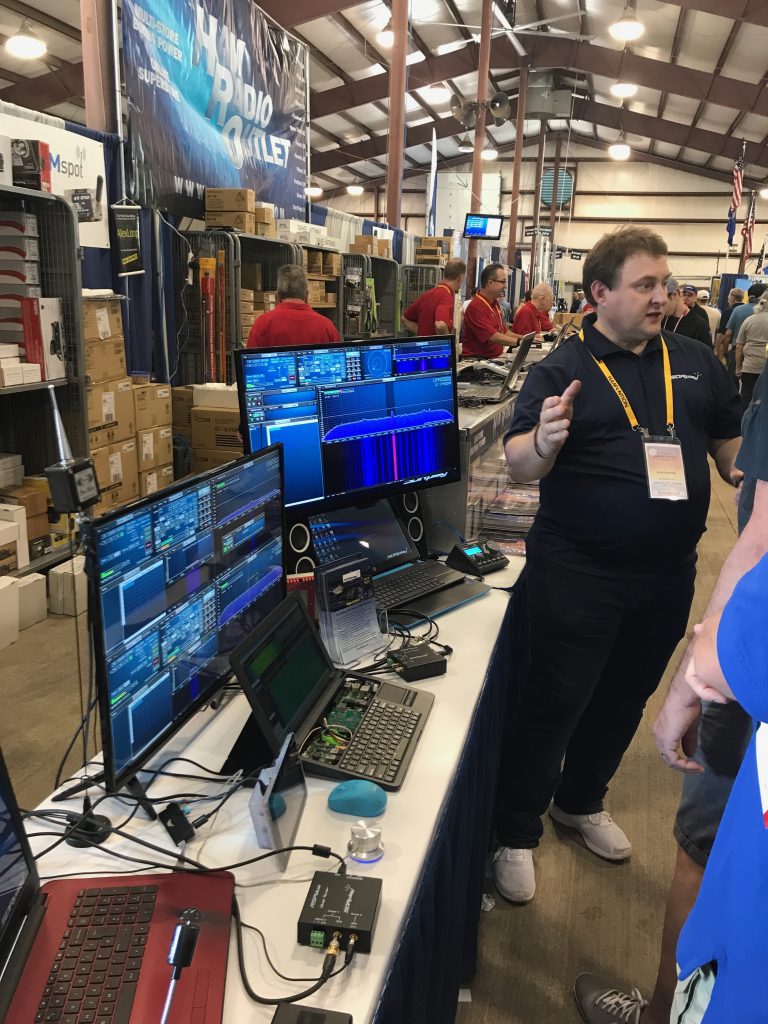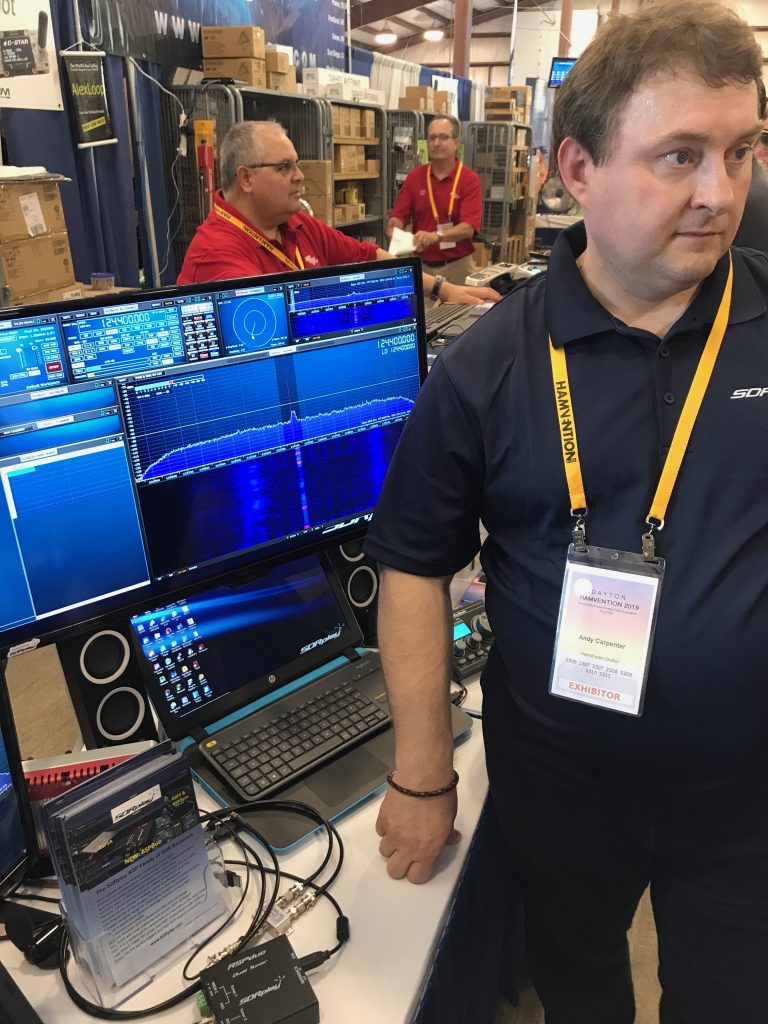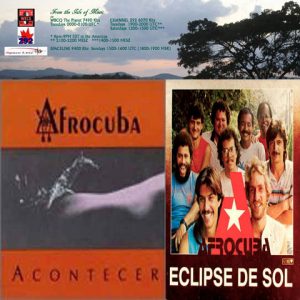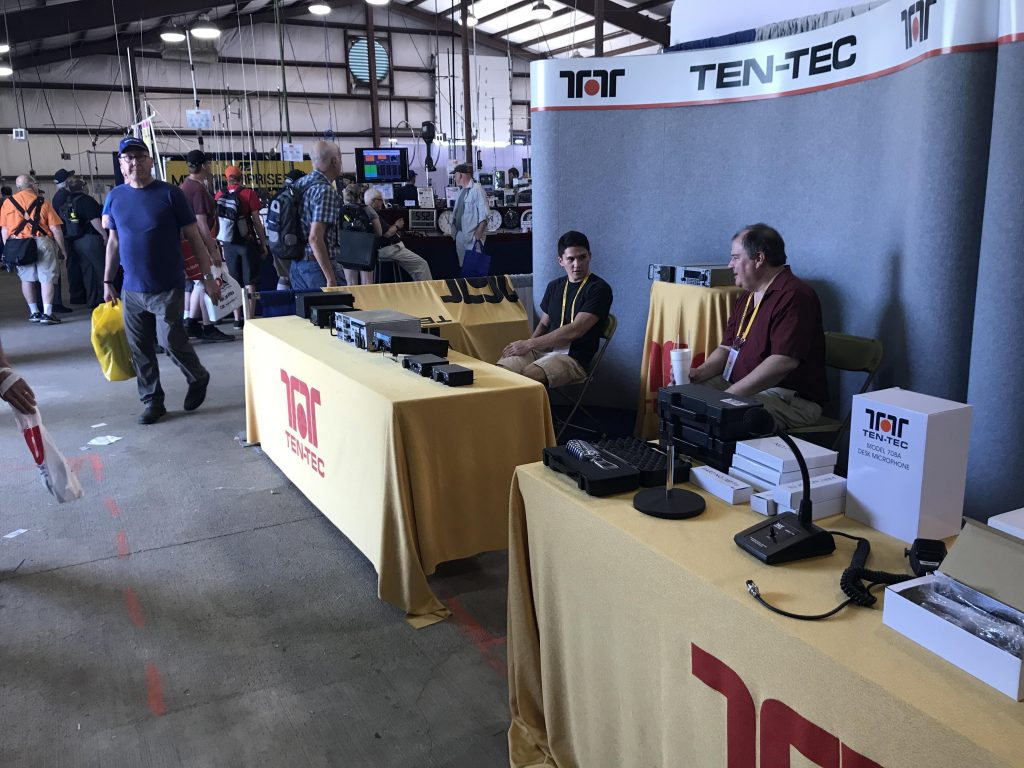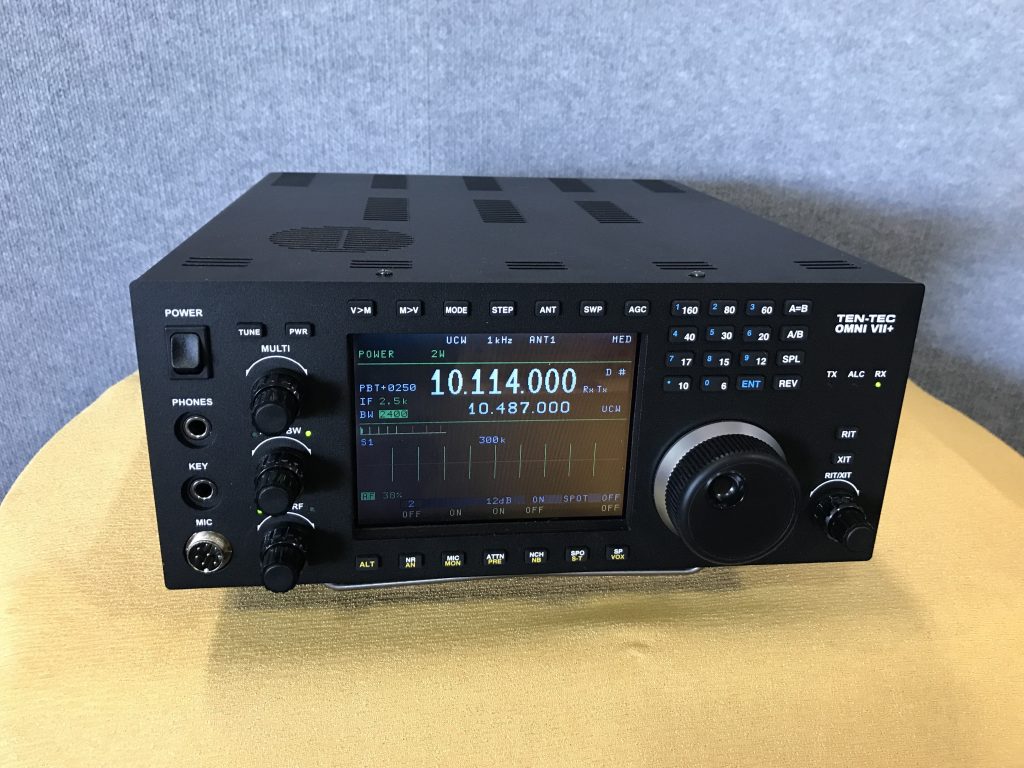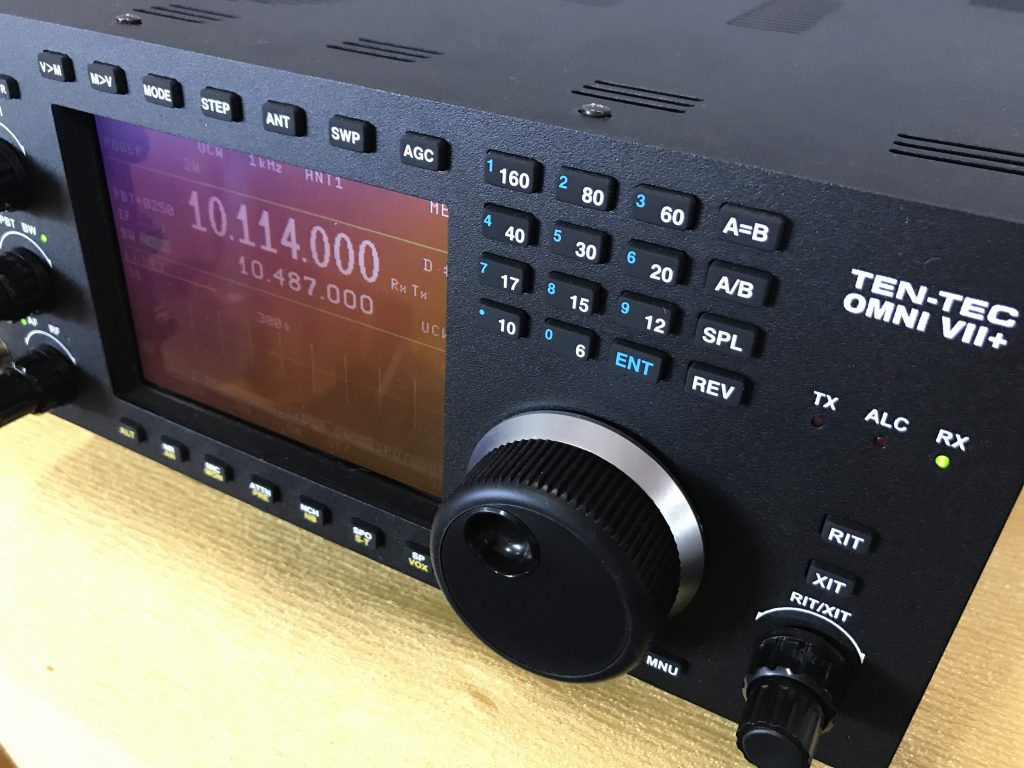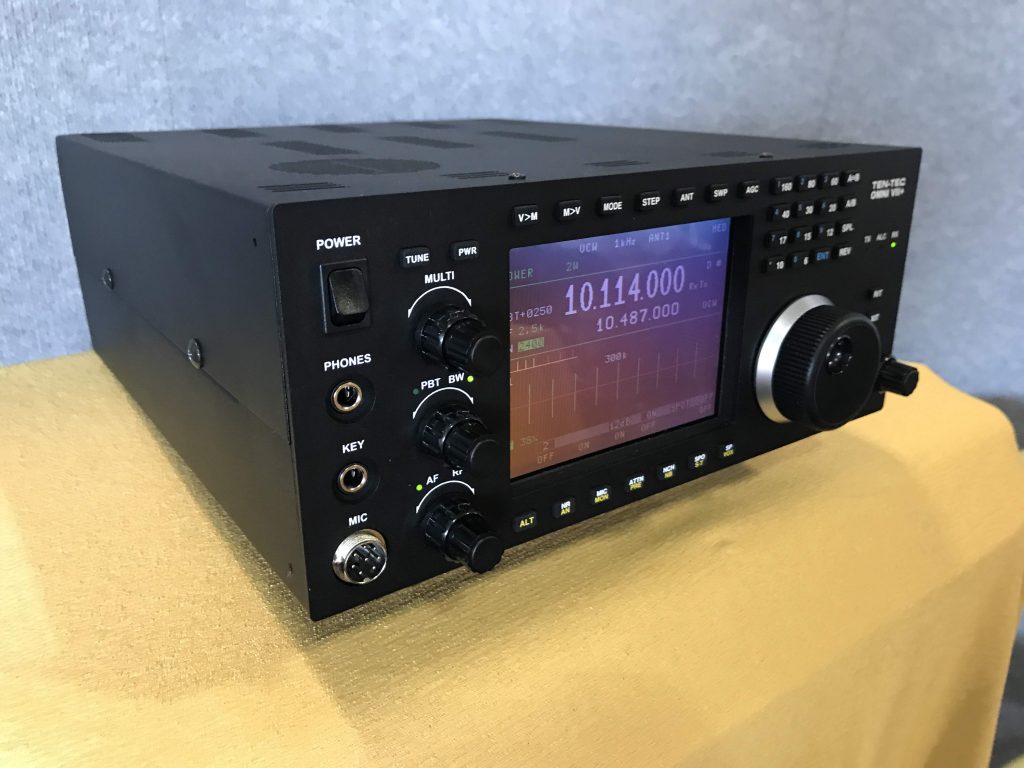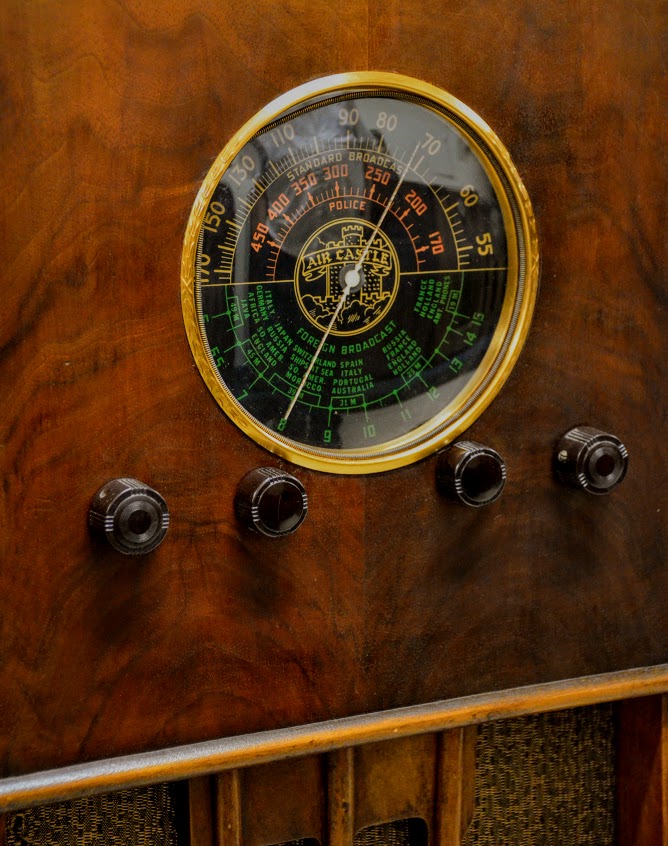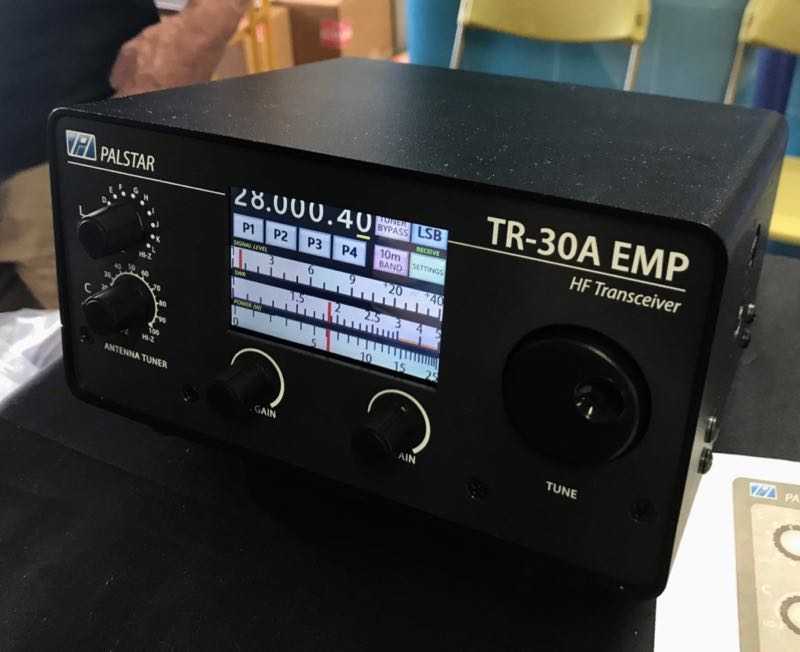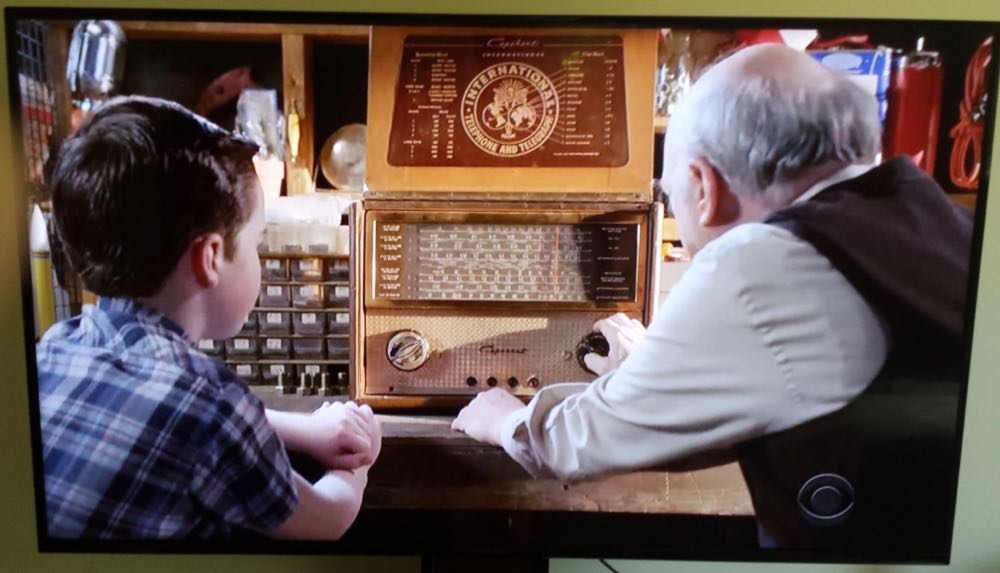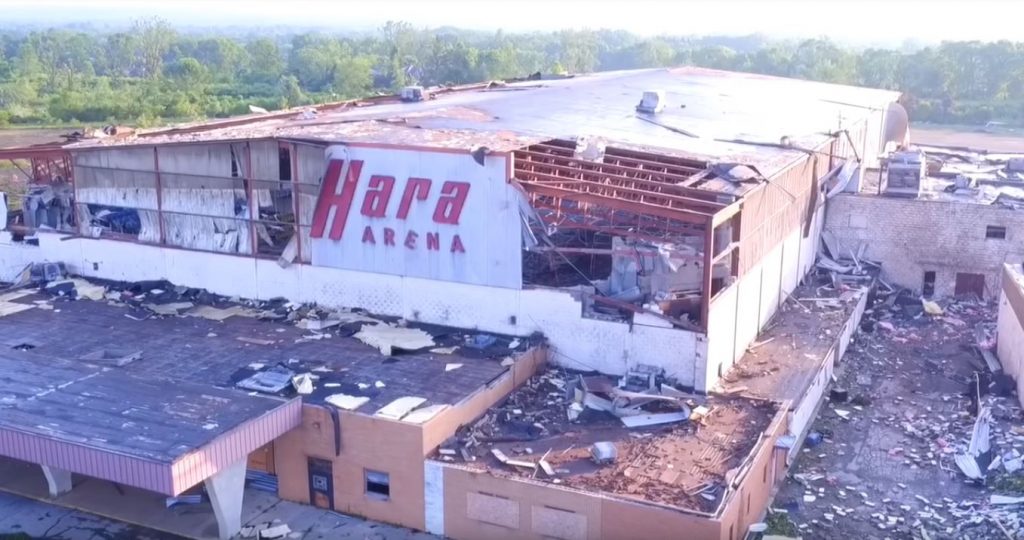Each year at the Dayton Hamvention I enjoy checking out the latest radio products and services. This year (2019) I found an exceptional number of innovations and will share these in Hamvention Highlights posts. If you would like to check out 2019 Hamvention Highlights as I publish them, bookmark this tag: 2019 Hamvention Highlights
Diversity reception with the SDRplay RSPduo
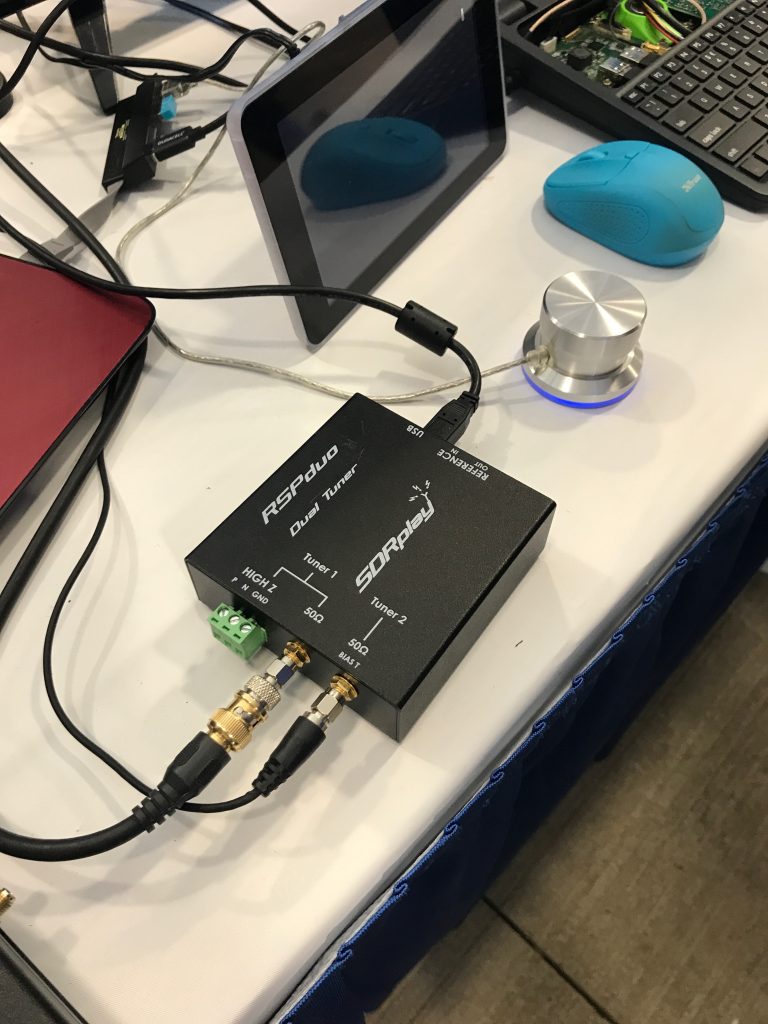 Last year, during the 2018 Hamvention, SDRplay announced the RSPduo, a 14bit dual-tuner SDR. We posted a review of the RSPduo on the SWLing Post.
Last year, during the 2018 Hamvention, SDRplay announced the RSPduo, a 14bit dual-tuner SDR. We posted a review of the RSPduo on the SWLing Post.
At the time, SDRplay mentioned that the RSPduo could eventually be used for diversity reception.
Diversity reception is the ability to combine or select two signals, from two (or more) antenna sources, that have been modulated with identical information-bearing signals, but which may vary in their fading/noise characteristics at any given instant.
In short, diversity reception gives one a powerful tool to mitigate fading and noise, and to improve a signal’s overall integrity.
Andy and Mike with SDRplay demonstrated SDRuno’s diversity reception functionality and noted that it will soon roll out as a free upgrade to SDRuno, SDRplay’s open SDR application.
I should note here that the SDRplay booth at the 2019 Hamvention was incredibly busy—no doubt, because the RSPduo must be one of the least expensive, most accessible, ways to experiment with diversity reception. Case in point: the new Elecraft K4D transceiver will support diversity reception, but the price is about $4,700 US; the RSPduo can be purchased for $280 US.
Based on the demonstration, this feature will be quite easy to use and I love how it has been implemented in the SDRuno GUI (graphical user interface).
To learn more about the RSPduo, check out SDRplay’s website or read our review. Of course, when SDRplay releases the diversity reception upgrade to SDRuno, we will make an announcement!
If you would like to follow other Hamvention Highlights, bookmark the tag: 2019 Hamvention Highlights

